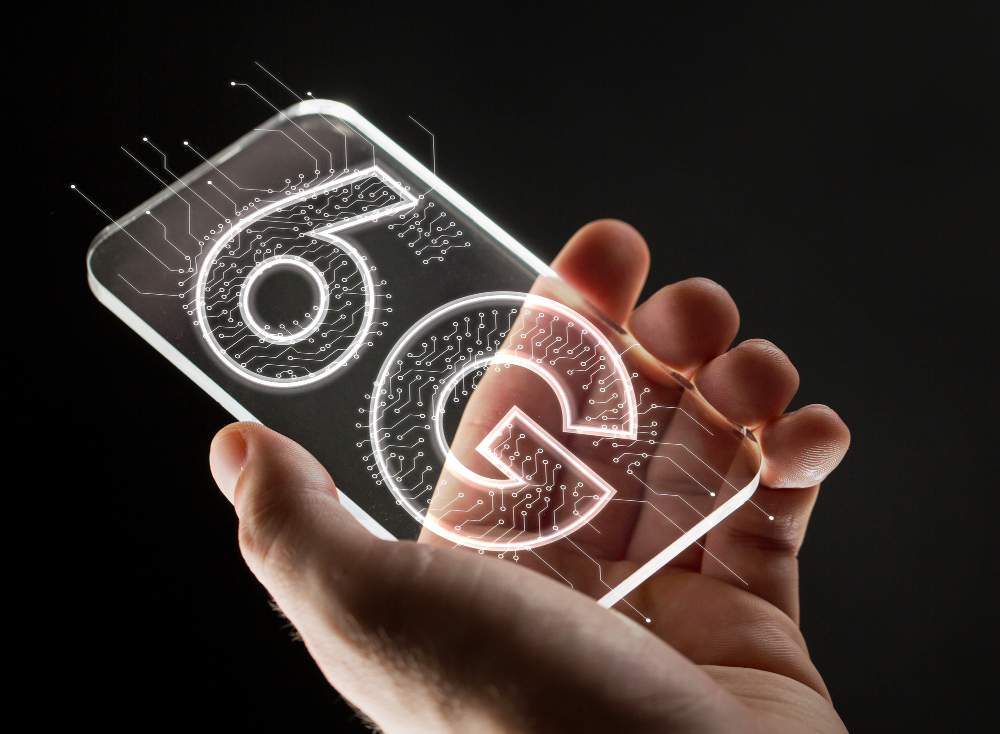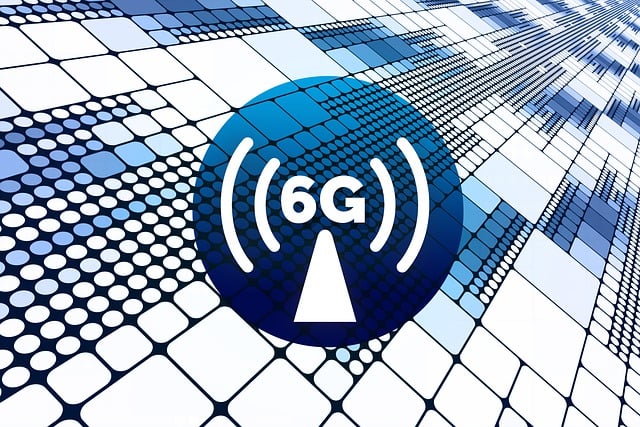
The Rise of 6G: What You Need to Know About the Next Generation of Wireless
The 6G race is underway....

Since the introduction of 5G technology, the landscape of communications has undergone a profound transformation, largely due to the unprecedented speed and scalability offered by this advanced wireless cellular technology. Given the rapid pace of technological advancement, we will be soon be presented with 6G technology. 6G is still in the early stages of research and development.
What is 6G Technology?
6G (sixth-generation wireless) is the successor to 5G cellular technology. It is the natural evolution of 5G in terms of speed and latency. It is predicted that this next-gen mobile internet — 6G — will launch in 2030.
Advantages of 6G
- Much Faster Data Speeds: 6G networks promise consumers with wireless data speeds of up to 1 terabit/second. That speed is 100 times faster than current 5G networks.
- Ultra-low Latency: 6G will drastically reduce latency when sending data. ie. with microsecond latencies. This will make communications ultra-accurate.
- Hyperconnectivity and Advanced User Experience: 6G will make it easy to access the required information, resources (both virtual and physical), and social services without constraints of time and physical location.
When Will 6G Come Out?
China, South Korea and the United States began rolling out 5G in 2019. However, 5G promises faster speeds, just one in seven people worldwide today use a 5G smartphone. Since 5G adoption remains low, telecommunications networks require new standards. With 6G networks, it is expected to make way for the enhancement of the applications and technologies we have right now.
Commercial deployment of 6G is anticipated around 2030, with initial research and requirements gathering already underway. Similar to previous generations, ongoing research and development will persist throughout its evolution. Specification development and standardization for 6G are scheduled for the period between 2025 and 2029.
Real-world applications of 6G
The potential use cases and applications of 6G networks are yet to be known, but they guaranteed to be vast and diverse, aiming to cater to the evolving needs of individuals, industries, and societies.
Immersive Extended Reality (XR): 6G technology facilitates immersive extended reality (XR) experiences like AR, VR, and MR, transforming gaming, entertainment, education, training, and remote collaboration with seamless, realistic interactions due to ultra-low latency and high data rates.
Autonomous Vehicles and Smart Transportation: 6G boosts autonomous vehicle capabilities with ultra-low latency and high-speed connectivity, enabling real-time communication among vehicles, infrastructure, and pedestrians.
Remote Healthcare and Telemedicine: 6G revolutionizes healthcare with real-time remote consultations, surgeries, and patient monitoring, overcoming geographical barriers and enhancing telemedicine.
Conclusion: Prepare your business for 6G technology
Evolution of 6G is expected. Many aspects of 6G are still unknown, and we don’t know what the ultimate timeline will be product development and launch. But it’s time to start thinking about the possibilities offered by the next step in wireless communication if you want to stay ahead of competition. 6G technology is already on the horizon with many use-cases top-of-mind for innovative companies.
You should know about the working and importance of 6G networks to prepare for the future!!